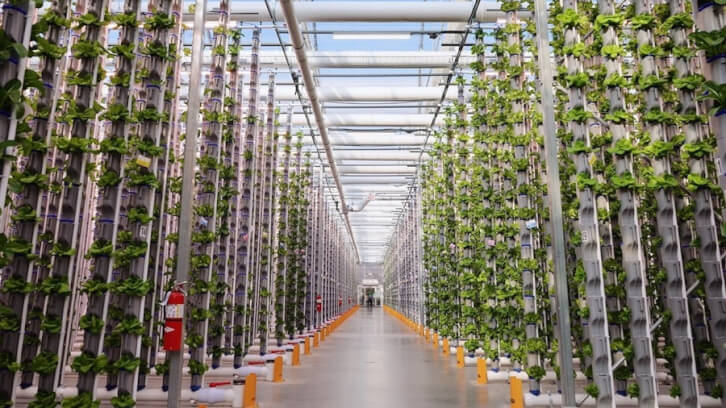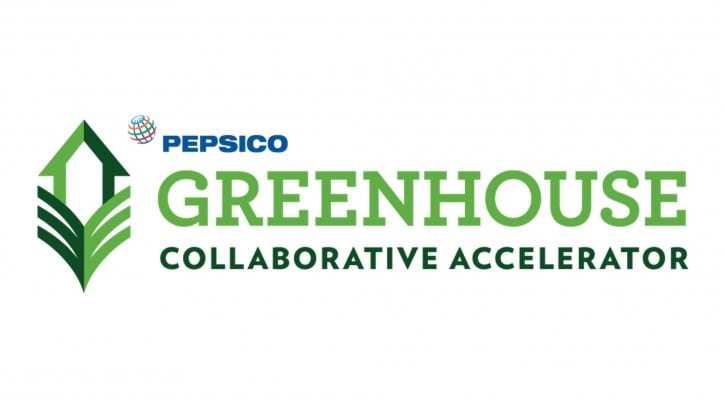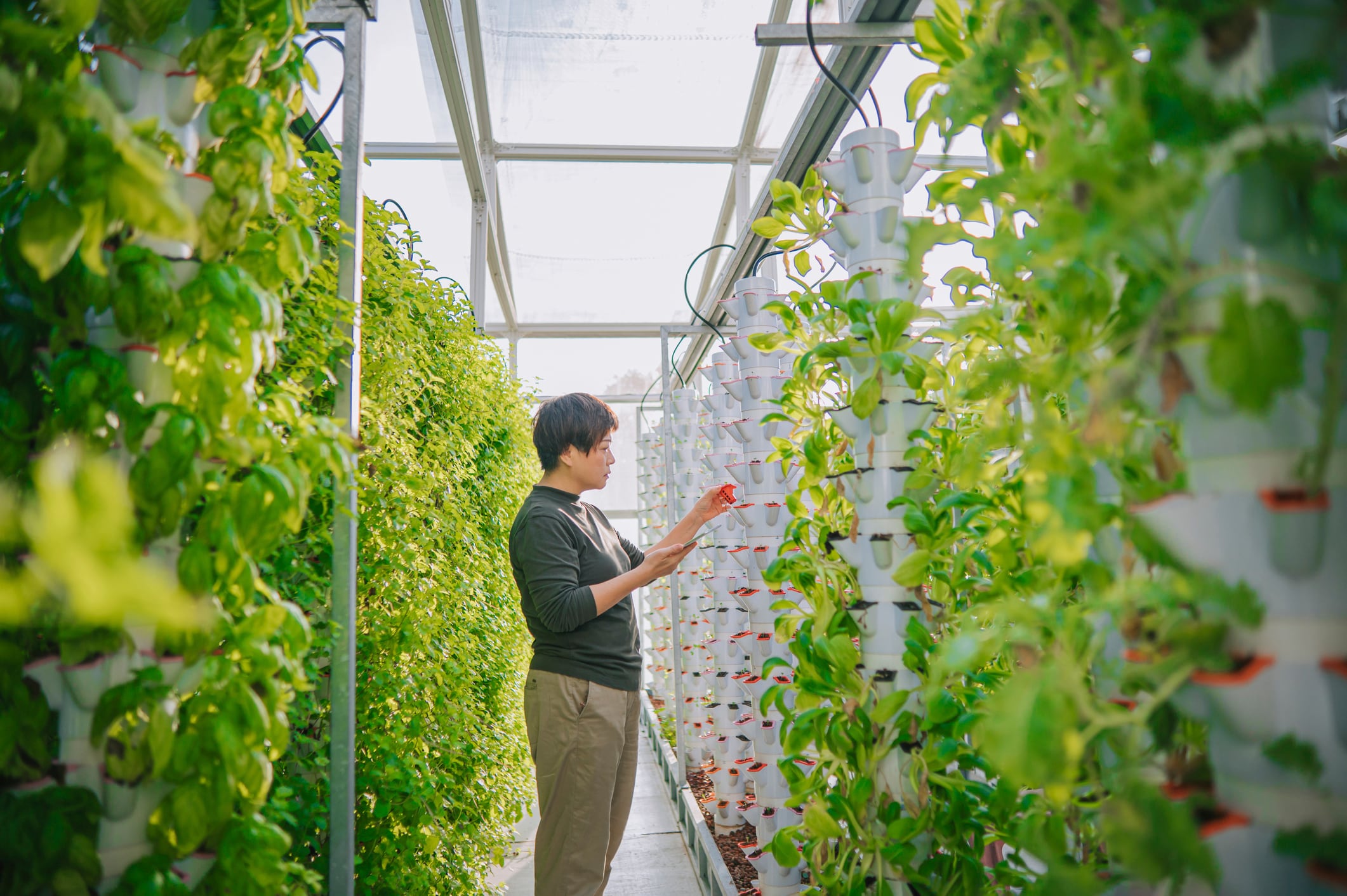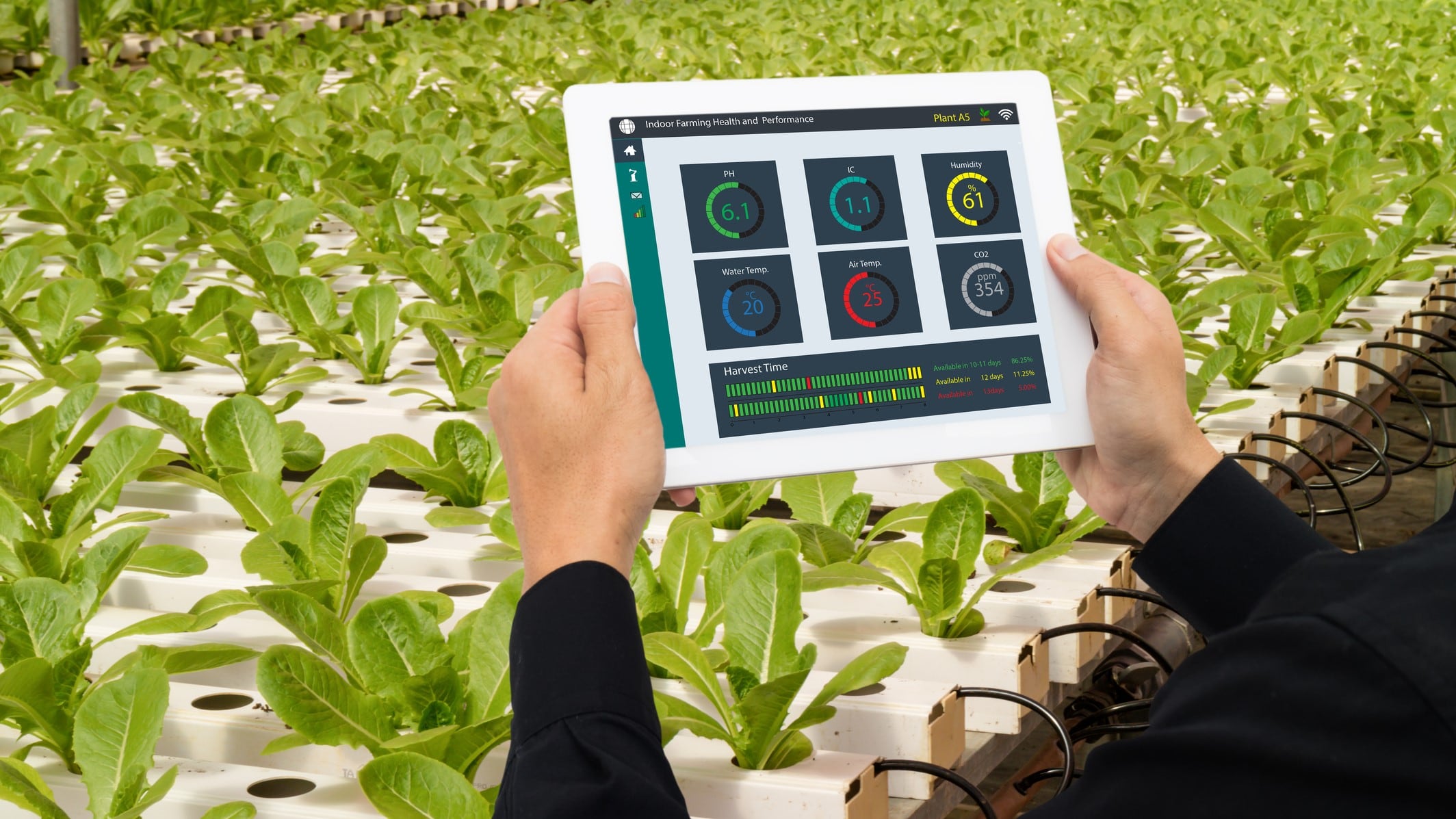Eden Green’s vertical greenhouse, a hybrid between indoor greenhouses and vertical farms, is addressing distribution challenges for lettuce and herbs which are traditionally grown in only two US cities, Eddy Badrina, CEO, told AgTechNavigator in an interview.
“CEA is trying to solve a problem—a distribution problem. The realities for lettuce and leafy greens, [is] that 90 percent are grown in two cities in the US, Salinas, Ca. and Yuma, Az…The costs economically [and] societally of having that long of a food chain and costs environmentally, those are all unsustainable. That’s what we’re trying to solve,” he said.
Eden Green Technology’s partnership in Texas with US distributor Robinson Fresh opens the opportunity to shorten the supply chain, Badrina said, by building its vertical greenhouses near Robinson Fresh’s distribution centers, which has over 200 locations and services 70 of the top food service and grocery channels.
Addressing the inefficiencies in vertical farming and indoor greenhouses
Badrina cited the lack of of efficient energy use for indoor greenhouses and vertical farms as an additional barrier to the supply chain. The high energy usage required for these methods are costly, which are then passed on to consumers who are seeking affordable, safe and consistent leafy greens.
Flat tray greenhouses, Badrina described, require significant land, which are prohibitively expensive in larger cities and still need ongoing air conditioning in most regions of the US. Vertical farms have the benefit of growing high quantity of greens in a small space with controlled water, light and air—however the problem is inefficient use of ceiling space and the cost of each strand of lights.
The company’s patented system, Badrina explained, addresses the inefficiencies in vertical farming and indoor greenhouses—soaring utility costs from energy and space/land use—by building translucent greenhouse walls and ceilings that capture sunlight for its vertical walls stacked with lettuce.
“This [method] allows us to grow densely but with the free use of sunlight. So…we can shrink about 40 acres of conventional open field farming into about an acre and a half. Then we put that right next to distribution centers to [remove] a lot of the distribution and supply chain issues that we’re having. The net to consumers is that they get affordable, fresh and safe produce 24/7, 365 days a year,” Badrina said.
The stacked format of the lettuces on each vertical wall allows for controlled release of air, water and light around each plant, which produces symmetrical plants in a clean environment, Badrina explained.
“The first thing you notice is it’s super clean. The second is all the plants are symmetrical, top to bottom, left to right, north to south. They all have consistency and that’s what the consumer wants,” he said.
The individually controlled plants can thrive despite the temperature near the ceiling—which reduces the need to air condition wasted space. This way, Badrina noted, they only condition 20 percent of the entire cubic volume of each greenhouse, ultimately improving margins for retailers and consumers.
“From an air perspective, it could be 127 degrees up top, but around each plant, it’s 77 degrees…So when you get really efficient on utility costs and you get really efficient on density and on footprints, what you end up is with really efficient margins,” he said.
“So imagine in the summer time trying to air condition all that space…You start to get a sense of the front end capital needed to build one of these. The electricity costs are around six million kilowatts per hour, per acre, roughly, so there’s nothing that you’re going to grow in there that’s going to remotely have top line revenue to cover that operational expense,” Badrina elaborated.




